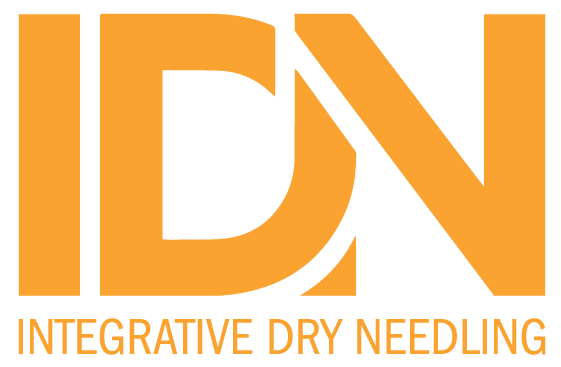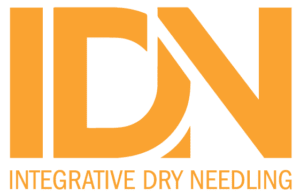Hand Ther. 2024 Sep;29(3):135-139. doi: 10.1177/17589983241268218. Epub 2024 Aug 26.
ABSTRACT
PURPOSE: This study presents the use of dry needling (DN) as an intervention to support functional rehabilitation for an adult diagnosed with lateral epicondylosis.
METHODS: A retrospective, single subject, AB design was implemented. A 50-year-old male with a six-month history of dominant left lateral epicondylosis received traditional interventions for 4 weeks (baseline phase; A) followed by the same interventions with the addition of DN (intervention phase; B). The QuickDASH assessment, numeric rating scale (NRS) for pain, grip strength (elbow flexed and neutral), and Maudsley’s test were used as measures of effectiveness along with patient self-report of ability to perform activities of daily living (ADLS), instrumental ADLs, work, and leisure occupations.
RESULTS: The patient made minimal progress for the initial 4 weeks of traditional treatment. There were no changes to his initial pain rating of 7/10 on the NRS, left hand grip strength (67 lbs.), or initial QuickDASH score. DN was initiated at week five with a reduction in pain from 7/10 to 2/10 from weeks six to eight. He was discharged at week 12 with no pain, a score of 0/100 on the QuickDASH, non-painful grip of 83 lbs., and a self-report of the ability to perform all ADLs, instrumental ADLs, work, and leisure occupations independently.
CONCLUSIONS: Dry needling appears to have been an effective intervention when integrated with a holistic approach for an individual with chronic lateral epicondylosis. More research is needed to evaluate dry needling as an intervention to support functional rehabilitation with a larger sample size and randomization.
PMID:39246571 | PMC:PMC11378533 | DOI:10.1177/17589983241268218



